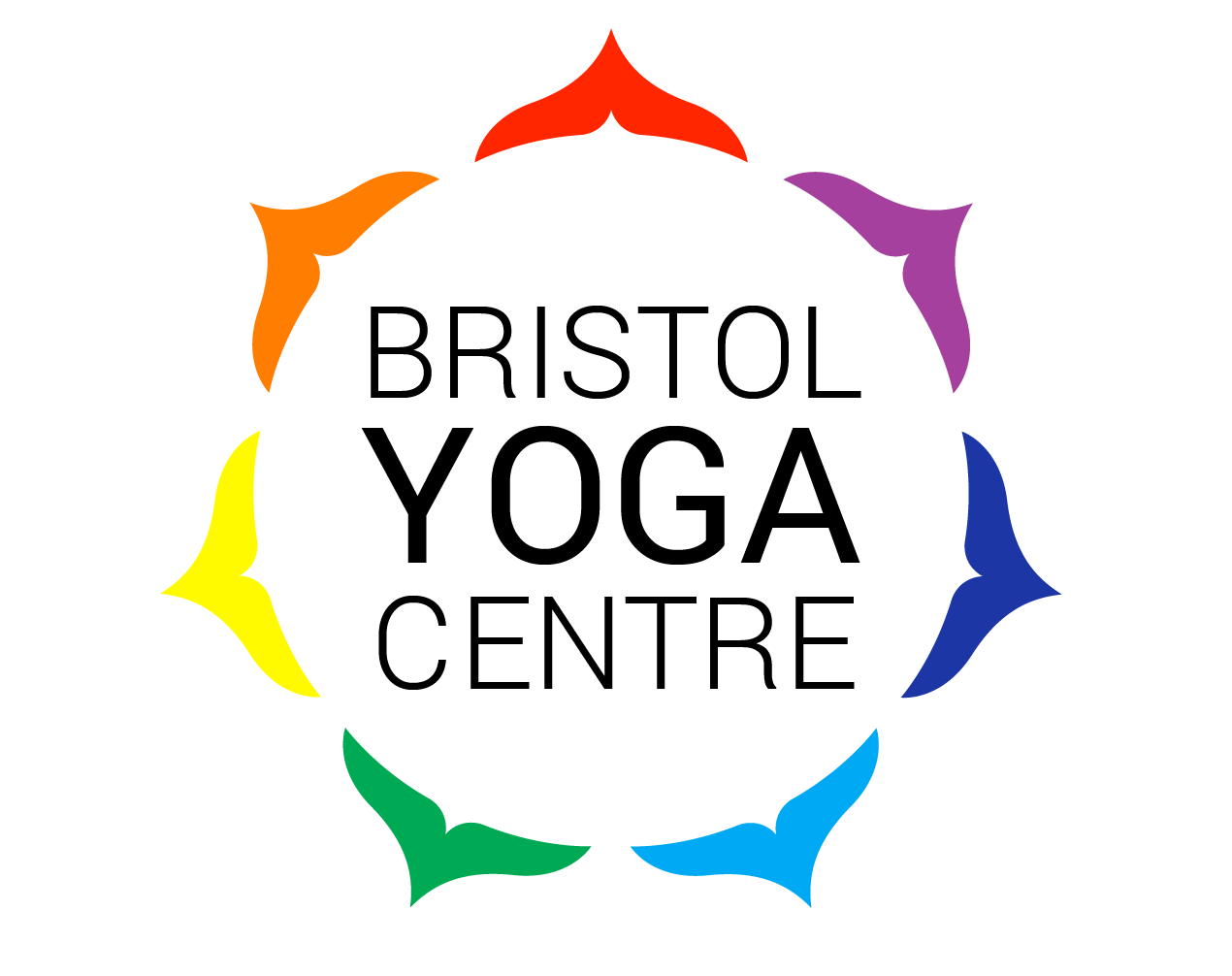There are many different meditation techniques available but we will use our body and breath as the focal point for this practice. Bringing our awareness to the body and the breath is a well-tested method of developing concentration. As a meditation and yoga teacher Swami Janakandana explains:
‘To feel and experience your own body is a fundamental and natural basis for meditation and relaxation...To be conscious about natural or automatic breath is a meditation technique.’
Feeling our body and breath helps to settle the minds and encourage us to feel grounded.
Body & Breath Meditation
What you may need:
Chair or cushion
Timer (you can use your phone but switch it to silent)
Pen and paper – we will record how you are after the practice
You can sit on a chair, on a cushion or on the floor. Sit with your spine straight and make sure that your weight feels even throughout the body. Keep your chest opened and your shoulders relaxed. It’s possible to practice lying down but there’s a danger that you might fall asleep so try to stay vigilant and relaxed.
Set your timer for 10 to 20 minutes. You can start with 10 minutes and gradually increase to 20 minutes over time. I recommend that you use a nice sound so that it’s not alarming when it rings.
Start to feel your natural breath and your body. Take a note of how you’re feeling right now – mentally, energetically, emotionally and physically - however it is.
Your mind may wander or experience fatigue, boredom, anxiety, aches and pains. You may also experience ease, openness, feeling of spaciousness and connection.
Try to feel and be with all the sensations that come and go, without creating too much commentary or analysis. Simply feel and observe the thinking mind without becoming lost in your thoughts. Notice what happens when you’re watching your mind.
Feeling your grounding points such as your feet, legs and hips can be a good way to come back to the body if you feel distracted. You can also try deepening the breath if your thoughts start to take over.
During the practice, you may feel overwhelming desire to move or to itch, be aware of these tendencies and try and stay with the practice as much as possible. If you’re in pain, you can gently change the position of the body. Once you’ve adjusted your position, try to settle back to the practice as soon as possible. Stay open to your experience and resist having too much expectation. Be kind and compassionate to yourself.
Once the alarm goes, slowly open your eyes and you can gently stretch the body. Notice how you’re feeling right now. As soon as possible, write down your observation from the practice. This could be a word, couple of paragraph or even a drawing.
Repeat the practice daily. At the beginning, it helps to do the practice at the same time everyday.
‘Attention is the beginning of devotion’
Mary Oliver, poet and a bird watcher

